
Tips to make boiled banh chung cook quickly and stay green naturally
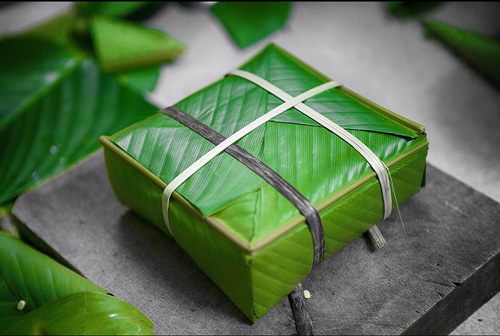
Tips for Making Beautiful Green Bánh Chưng for Lunar New Year
Making delicious bánh chưng — the traditional Vietnamese sticky rice cake — isn’t too difficult if you have the right ingredients and technique. However, achieving that perfect vibrant green color can be tricky. Below are some simple yet effective tips to help your bánh chưng not only taste great but also look stunning on the New Year’s table.
🌿 How to Get That Perfect Green Color
-
Choose fresh, vibrant leaves:
Select banana or dong leaves that are evenly green, free from tears, and not wilted. When washing, be gentle — clean each leaf carefully and wipe dry with a soft, clean cloth. The leaves’ freshness plays a big part in the final color of the cake. -
Use galangal leaves for natural color and aroma:
Before wrapping, crush galangal leaves (lá riềng) to extract their juice, then mix the juice with the glutinous rice. This traditional method not only gives the rice a uniform green hue but also adds a naturally fragrant aroma. -
Add a pinch of baking soda (NaHCO₃):
During boiling, add a small amount of baking soda — a mild alkaline powder — to the water. The alkaline environment helps maintain the green color of the leaves and rice after long hours of cooking. -
Line the pot with extra leaves:
Before stacking the cakes in the pot, spread a layer of leftover dong leaves at the bottom. This simple trick prevents the cakes from burning and gives the boiling water a light green tint, enhancing the final color of the bánh chưng. -
Cook in a tole (tin) pot:
A tole pot naturally creates a slightly alkaline environment that helps retain the green hue better than aluminum pots. It’s an old-fashioned but effective choice used by many experienced cooks. -
Change the water halfway through:
When the cakes have been boiling for half the total time, take them out briefly, rinse with cold water, replace the boiling water entirely, and continue cooking. This helps the cakes turn out greener, more fragrant, and with a pleasantly chewy texture.
🔥 Tips to Help the Cakes Cook Faster
-
Soak the rice in alkaline water:
Soaking the glutinous rice in lye water (nước tro) is an age-old technique that softens the grains, allowing them to cook faster. The rice also takes on a lightly transparent sheen when done, giving the bánh chưng a beautiful, appetizing look. -
Add lemon juice or pandan water:
A few drops of lemon juice or soaking the rice in pandan leaf water before wrapping helps the rice cook faster and adds a subtle aroma. Be sure to soak for no more than 2–3 hours — soaking too long can cause the rice starch to break down, making the cakes mushy. -
Rinse the rice thoroughly:
Wash the rice several times until the water runs clear. This removes the outer bran dust, helping the cakes stay fresh longer and giving the rice a cleaner, more delicate color after cooking. -
Finish with proper pressing or rolling:
Once the cakes are fully cooked, press them gently to remove excess water and help them firm up evenly. For bánh tét, rinse briefly with cold water, then roll the cakes back and forth to shape them uniformly and tighten the texture inside.
✨ Extra Tip for a Perfect Festive Touch
After the cakes have cooled, wrap them again with a fresh layer of dong leaves for a beautiful presentation. Not only will your bánh chưng stay moist and fragrant longer, but it will also look picture-perfect when placed on the family altar or given as a New Year gift.
With these simple but thoughtful techniques, your bánh chưng will not only embody the rich flavors of tradition but also the beauty and care that make Tết truly special.
News in the same category

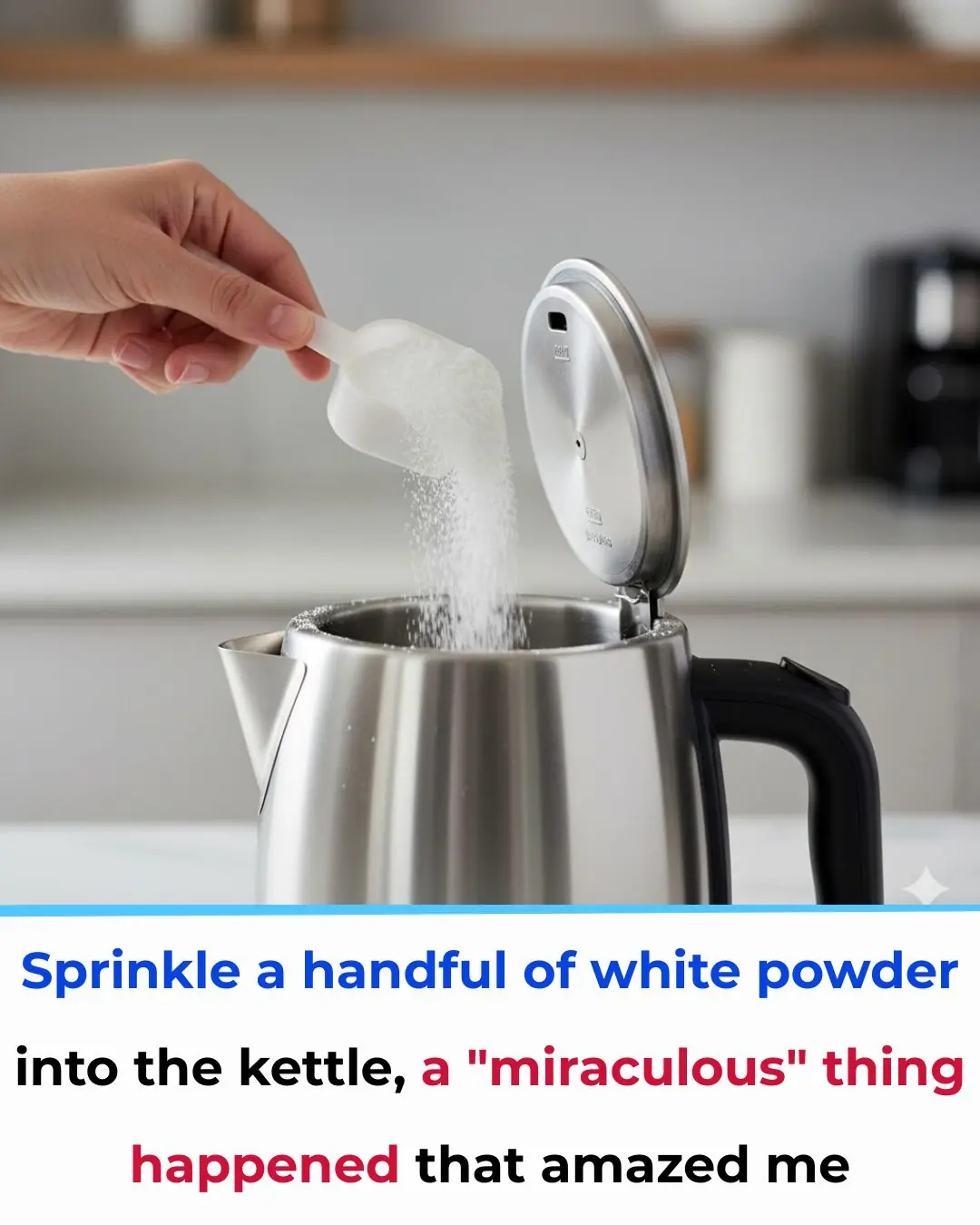
Sprinkle a Handful of White Powder into Your Kettle—The “Magical” Result Will Astonish You

Don’t Wash New Clothes with Soap—Soak Them in This Instead, and They’ll Keep Their Color for 5 Years

You are doing it all wrong. Here's how to drink 8 glasses of water each day

You are doing it all wrong. Here's the right way to store bedding

My nana taught me this hack to defrost icy freezers in 5 mins with 0 work. Here’s how it works

You are doing it all wrong. Here's the right way to clean hardwood floors Georgia Lynn Contributing Writer

My nana taught me this hack to deodorize trash cans in 2 mins with 0 work. Here’s how it works

You are doing it all wrong. Here's the right way to do laundry

You are doing it all wrong. Here's the right way to dust surfaces

Whoa, had no clue about this!

My nana sure was a clever woman!

You are doing it all wrong. Here's the right way to store spices

Vinegar is the key to streak-free windows and shiny surfaces, but most use it wrong. Here's the right way to use it
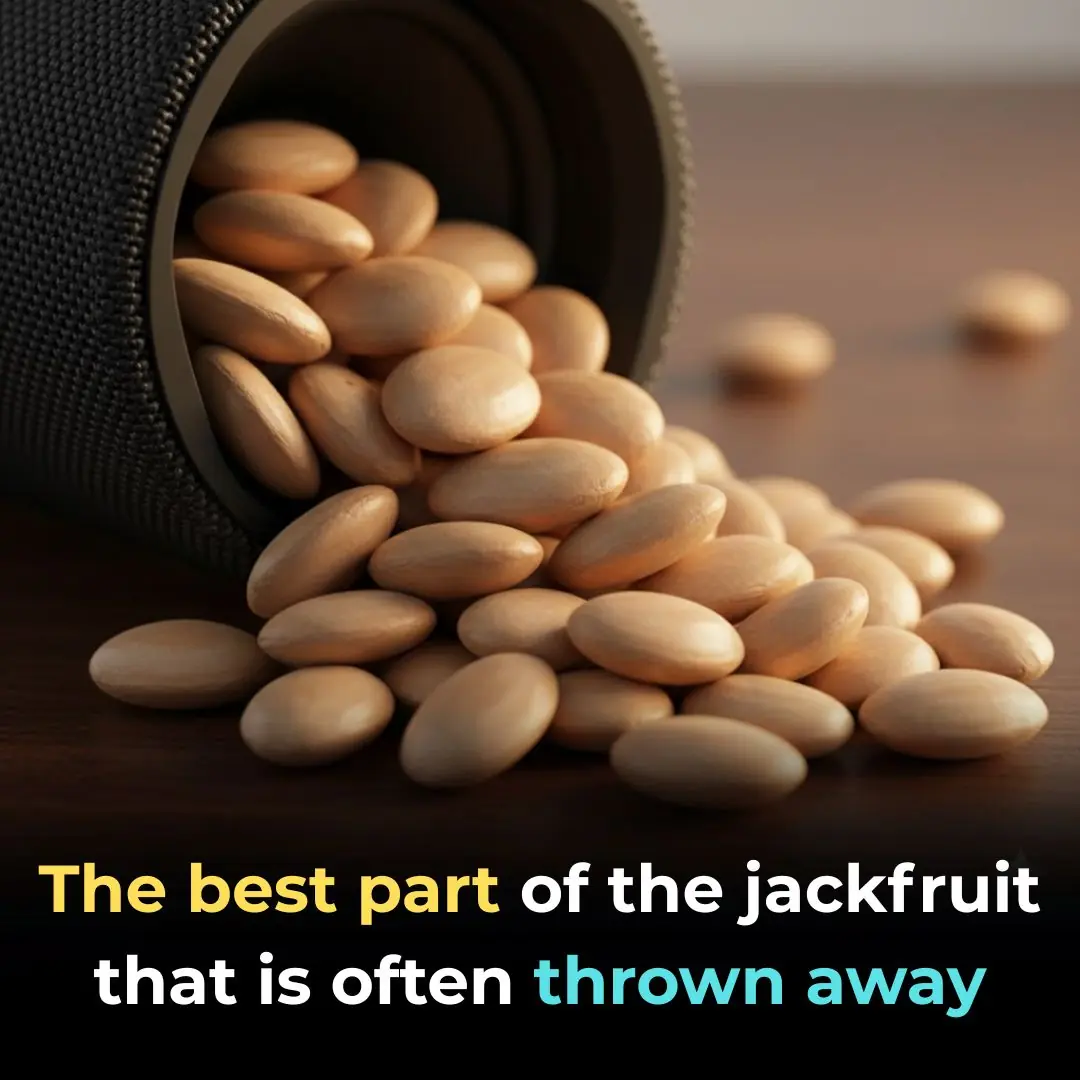
Don't hesitate to eat jackfruit seeds, 10 amazing benefits recognized by customers: Relieves constipation, enriches the blood, prevents cancer

How to wash and condition your hair with beer to reduce hair loss and continuously stimulate new hair growth
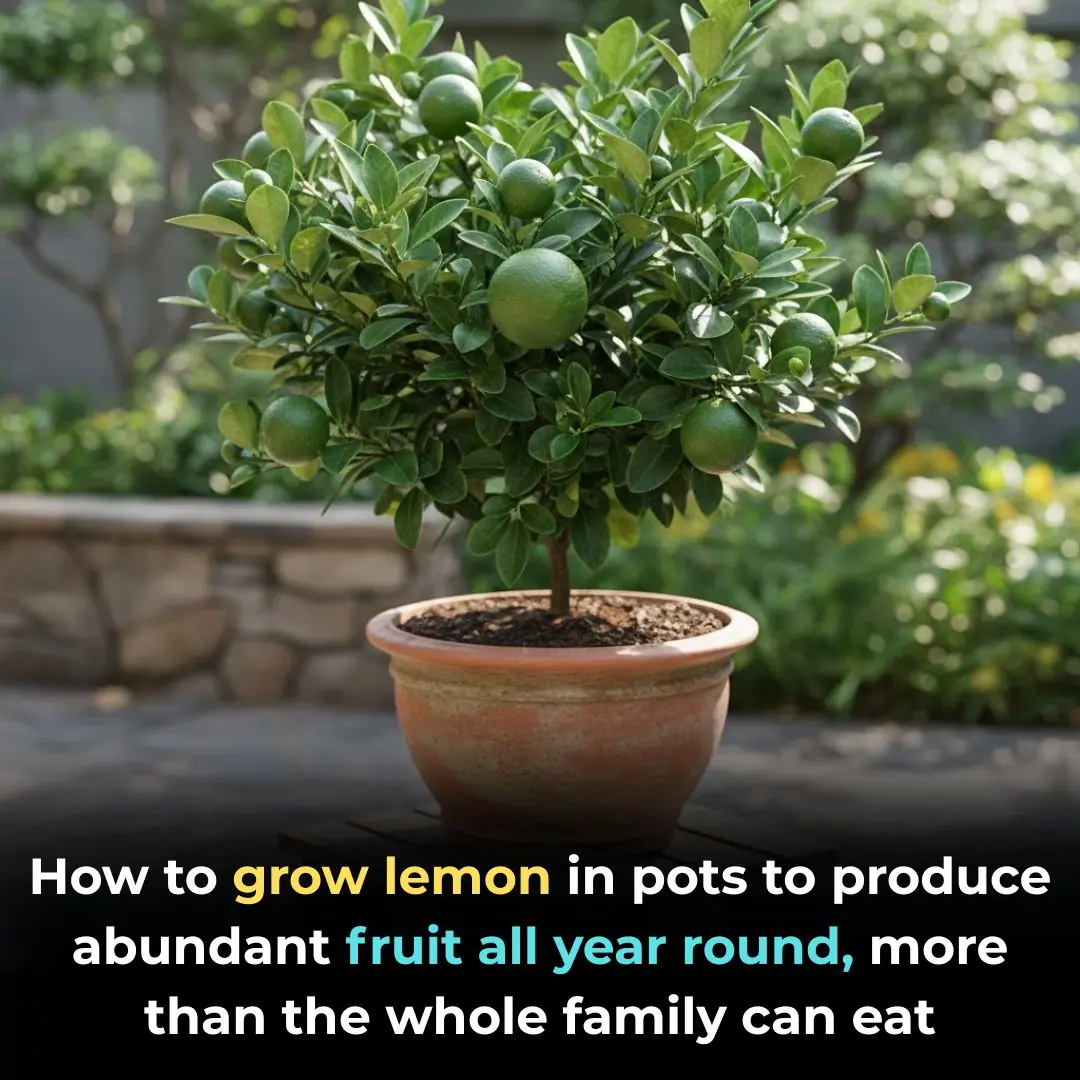
How to grow lemon in pots to produce abundant fruit all year round, more than the whole family can eat
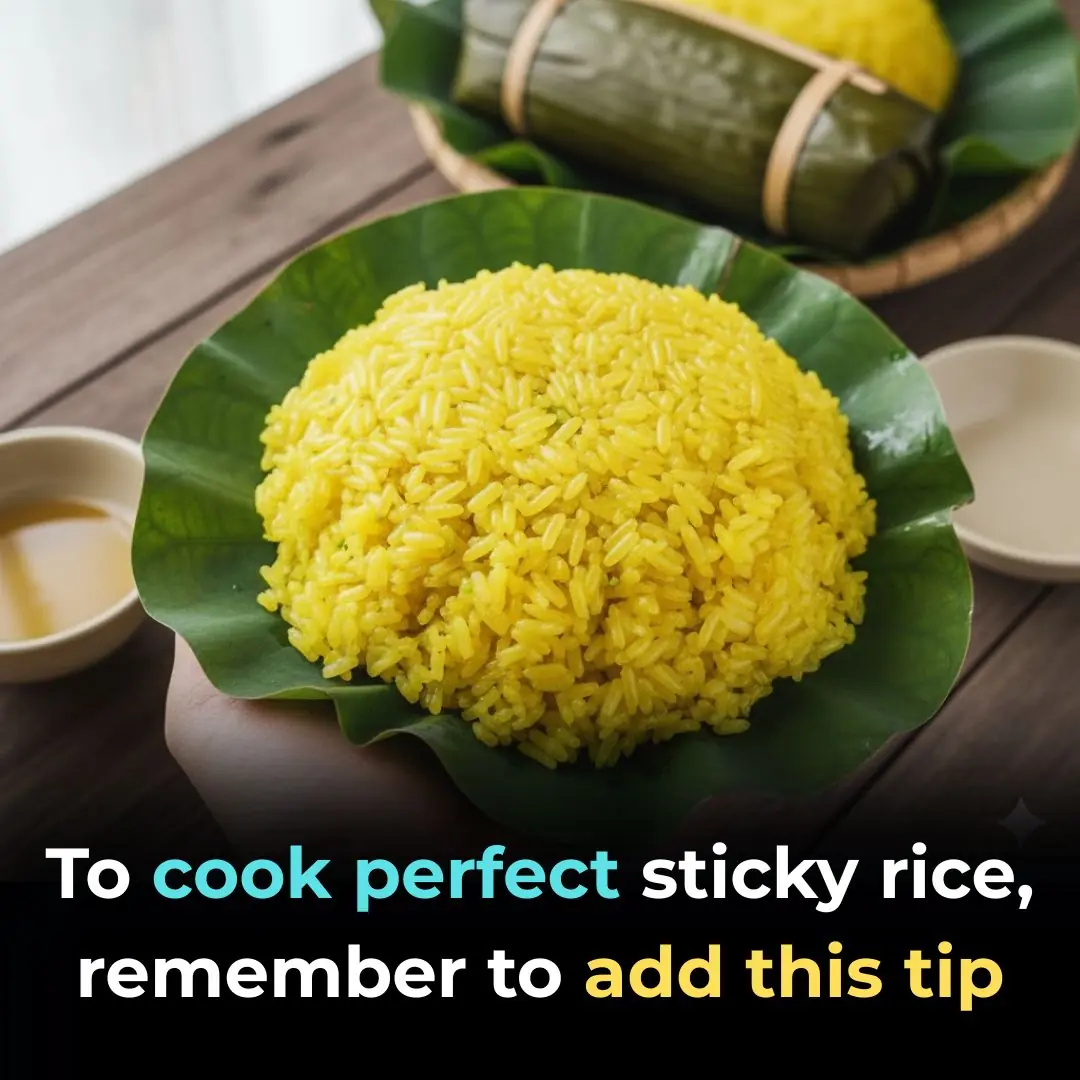
Cooking sticky rice by just adding water isn’t enough: Follow this method and your sticky rice will be soft and chewy, cutting the cooking time in half.

Japanese doctor loses 21kg and cures fatty liver just by replacing rice with eggs – a secret anyone can follow

5 ways to quickly and cleanly sweep away cobwebs, preventing them from coming back
News Post

Hampton Rose: A Heart Angel Whose Legacy Continues to Inspire

Don’t Boil Chicken with Just Salt and Water—Try This Method for Golden Skin and Juicy Meat

Sprinkle a Handful of White Powder into Your Kettle—The “Magical” Result Will Astonish You

Don’t Wash New Clothes with Soap—Soak Them in This Instead, and They’ll Keep Their Color for 5 Years

Here’s What Really Happens To Your Body If You Drink Diet Soda
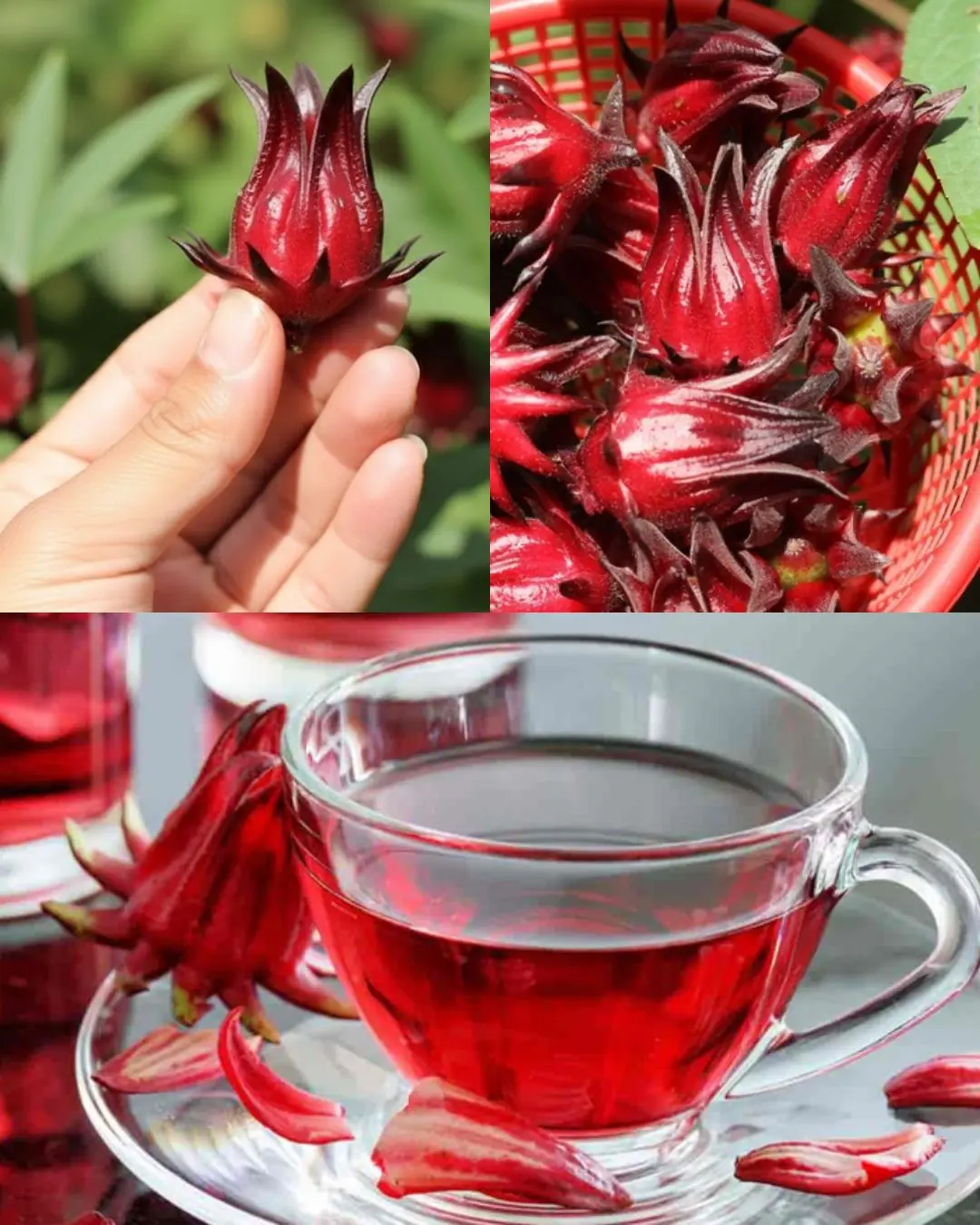
Roselle: The Scarlet Herbal Treasure with Powerful Health Benefits

Clove-Infused Honey Power: A Natural Wellness Booster You Can Make at Home

Best DIY to regrow new hair on your bald patch

Natural Hair Darkening with Coffee and Cornstarch: A DIY Treatment for Grey Hair and Healthy Scalp

DIY Botox With Vaseline: A Natural Anti-Aging Remedy for Wrinkles, Fine Lines, and Age Spots

CCF Tea to Burn Belly Fat

Best Bridal Ubtan & Face Packs

DIY Clove Oil for Skin Tightening: A Natural Anti-Aging Remedy for Wrinkles and Fine Lines

Turmeric Eye Mask for Dark Circles: A Natural Remedy for Brighter, Youthful Eyes

Rice Water for Skin | DIY Toner Benefits to Remove Dark Spots & Shrink Large Pores

Best Anti-Ageing Cream with Vaseline and Tomato

Collagen-Boosting Herbal Tea Recipe: Natural Anti-Aging Drink for Youthful, Glowing Skin

Golden Recipe to Boost Hair Growth Naturally: This Powerful Herb-Infused Hair Oil Can Stimulate Hair Growth and Prevent Hair Loss

Japanese Secret Face Wash – 7 Days Challenge For Brighter Skin
